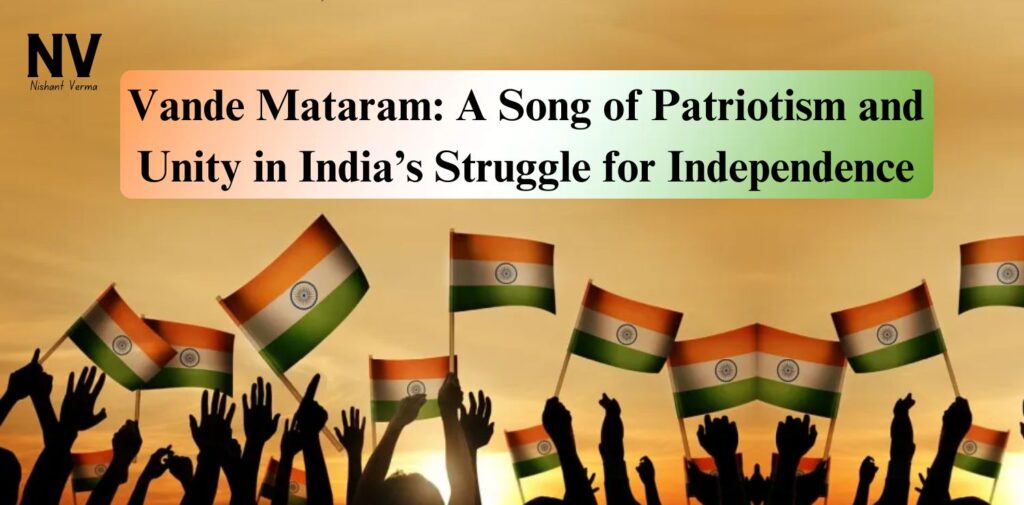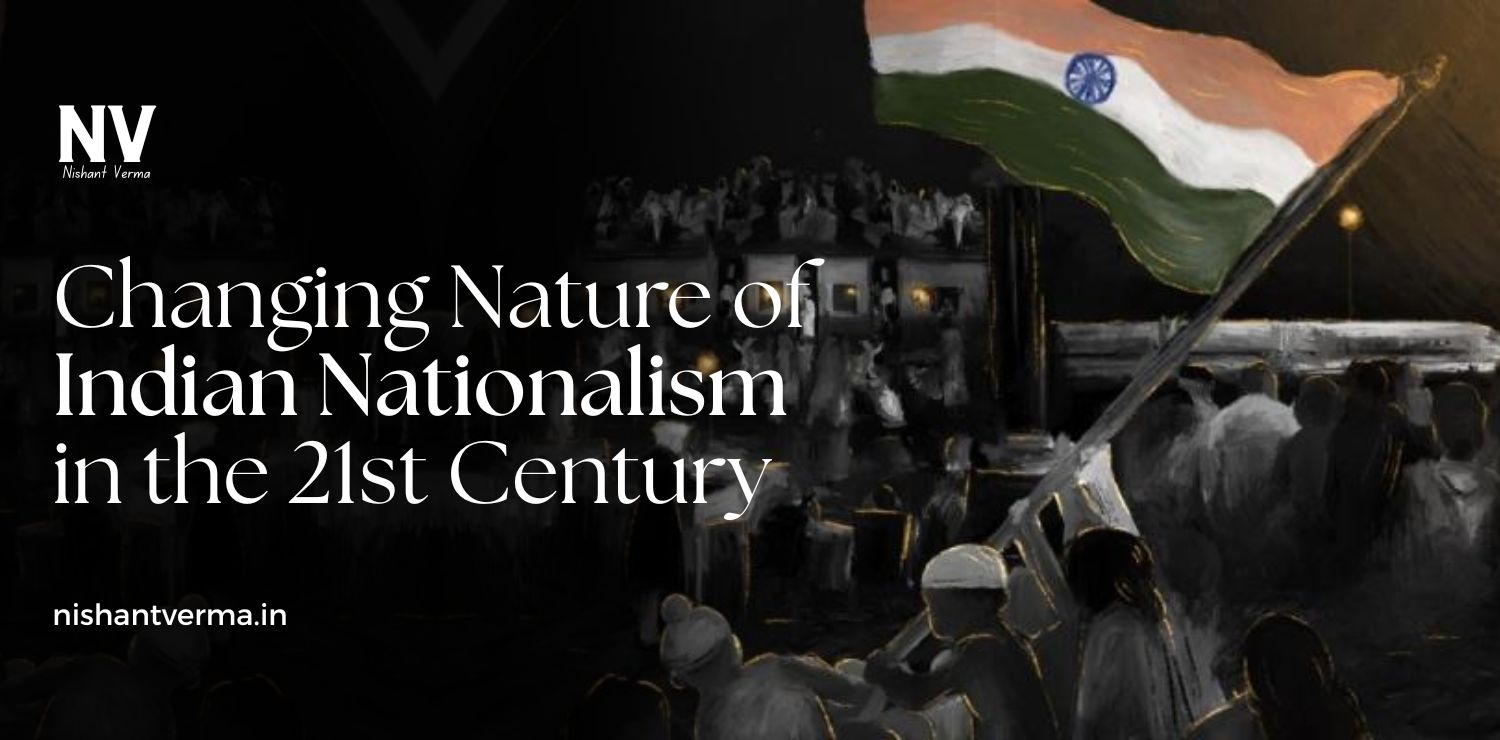“Vande Mataram,” a powerful and emotional song, has been deeply woven into the fabric of India’s struggle for freedom. It holds a special place in the hearts of millions of Indians, both as a symbol of patriotism and as a call for unity. The song’s significance extends far beyond its poetic verses, inspiring generations of Indians to stand united in their fight for independence from British colonial rule.
The Birth of Vande Mataram
The origins of “Vande Mataram” can be traced back to the 19th century, a period when India was under British rule, and the demand for freedom was growing louder. The song was written by the famous Bengali poet Bankim Chandra Chattopadhyay in 1870. The original version appeared as part of his Bengali novel Anandamath, published in 1882.
Anandamath is a historical novel set during the time of the Sanyasi Rebellion (1773-1820), where a group of monks and soldiers rise up against British colonial forces. The song “Vande Mataram” was introduced as an expression of devotion to the motherland. In the novel, the song is sung by the characters as a battle cry to unite and rally the people of India against foreign oppression. The words “Vande Mataram,” which mean “I bow to thee, Mother,” refer to the nation as a mother figure, symbolizing the land of India.
Though originally written in Bengali, the song soon gained popularity in other parts of India. It resonated with people across linguistic and cultural boundaries because of its deep emotional appeal and its call for national unity.
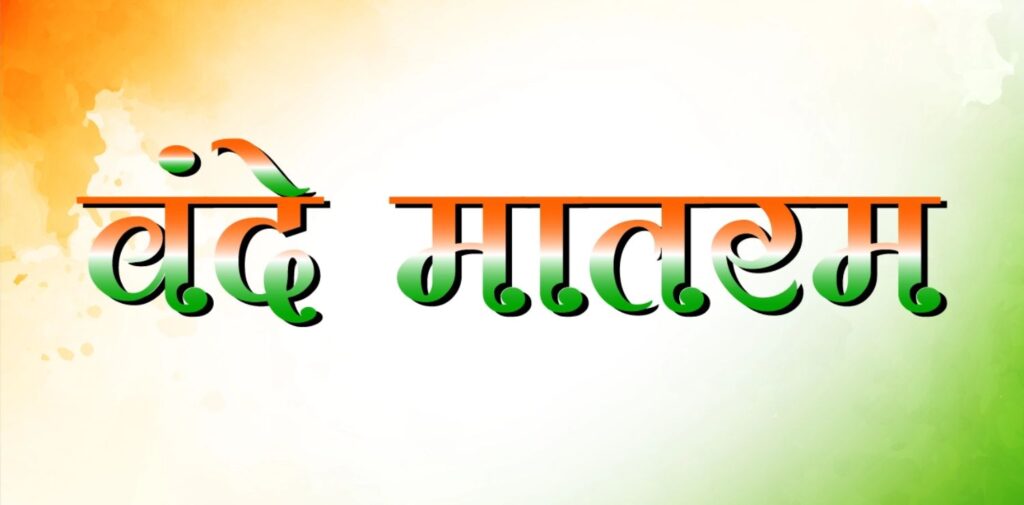
The Meaning of “Vande Mataram”
The words of “Vande Mataram” are simple yet profound. The song begins with the phrase “Vande Mataram,” meaning “I bow to thee, Mother.” The mother referred to in the song is the motherland, India. The poem describes the land as a nurturing, protective mother who provides everything her children need. It paints a picture of India as a beautiful and prosperous country, full of natural wealth, cultural diversity, and spiritual strength.
The song also speaks of the hardships and struggles that the people of India endure under foreign rule. It calls upon the strength and bravery of the nation’s sons and daughters to rise up and free the motherland from the shackles of colonialism. The lyrics reflect both a deep sense of love for the nation and a determination to fight for its freedom, making it an anthem of resistance and hope.
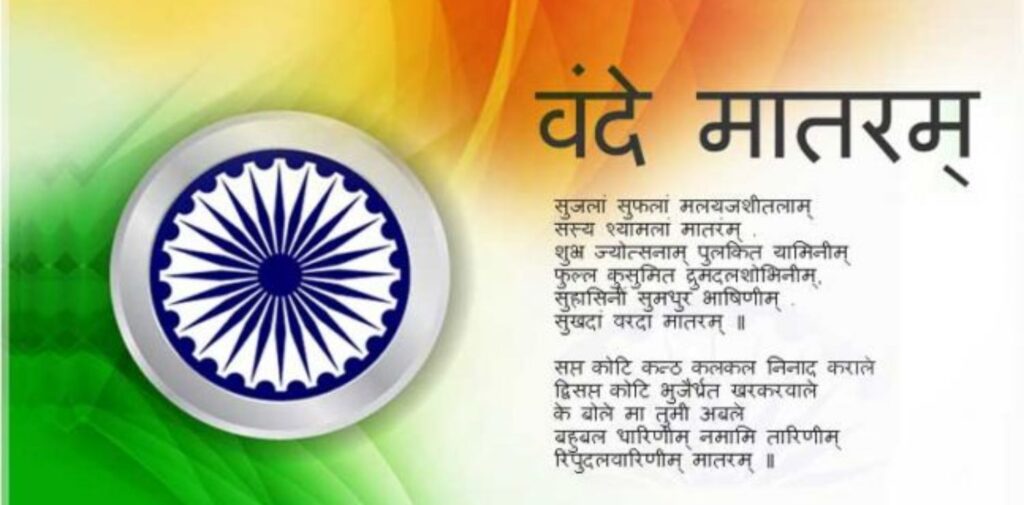
The Role of Vande Mataram in the Indian Freedom Movement
“Vande Mataram” became much more than just a song after its publication. It became a symbol of the Indian independence movement. As India’s struggle against British rule intensified in the late 19th and early 20th centuries, the song gained immense popularity. Leaders like Bal Gangadhar Tilak, Bipin Chandra Pal, and Lala Lajpat Rai began using “Vande Mataram” to inspire and rally the masses. The song was sung at protests, rallies, and public gatherings to ignite a sense of national pride and solidarity.
During the 1905 partition of Bengal, which was seen as an attempt by the British to divide and weaken India by creating religious and regional divisions, “Vande Mataram” became the rallying cry of the nationalists. The song’s call to fight for freedom against foreign oppressors resonated deeply with people from all walks of life.
When the Indian National Congress took a more active role in the struggle for independence, “Vande Mataram” was adopted as a part of their larger campaign. It was performed at Congress sessions and became a symbol of the collective strength of the Indian people. The song’s power was not just in its music and words, but in its ability to stir the hearts of people across the country and unite them in their shared desire for independence.
The Song’s Place in the National Movement
One of the most remarkable aspects of “Vande Mataram” is its ability to transcend boundaries of religion, language, and region. Although it was written in Bengali, the song quickly spread throughout India. Its message of national unity was one that resonated with people of all backgrounds.
However, the song’s popularity also sparked debates. While many Hindus embraced the song’s message, some Muslim leaders, particularly during the early 20th century, objected to the song because of its strong Hindu religious imagery. As a result, the song became a source of tension in some areas. Despite these disagreements, “Vande Mataram” continued to be a source of inspiration for many, symbolizing the larger goal of a free and united India.
In 1937, when the Constituent Assembly of India was being formed, “Vande Mataram” was adopted as one of the national songs. However, it was decided that only the first two verses of the song would be sung officially, as the full version was longer and contained complex references to Hindu mythology that some felt might not be inclusive enough for all communities. Even so, the decision to include “Vande Mataram” in the national anthem was a testimony to its importance in India’s freedom struggle.
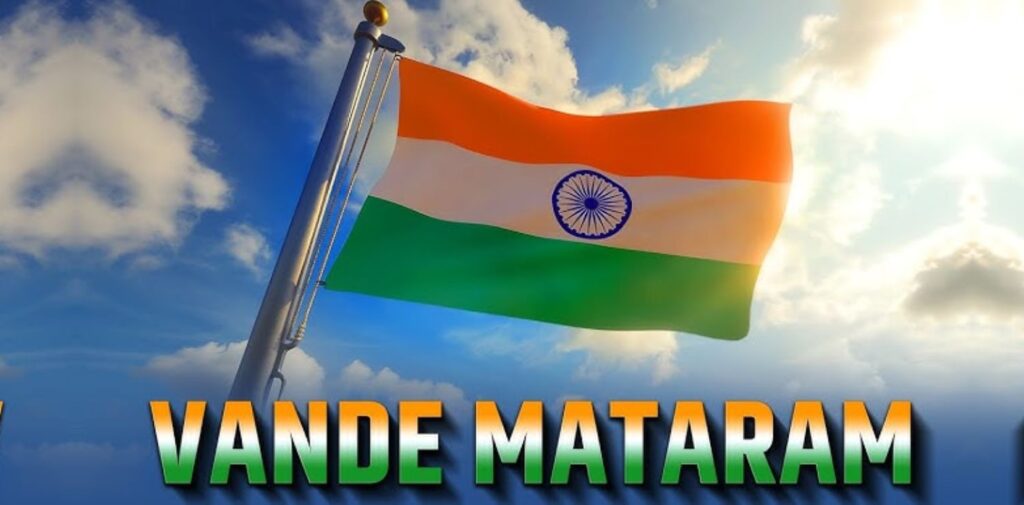
Vande Mataram Today: A Continuing Legacy
Even after India gained independence in 1947, “Vande Mataram” remained a powerful symbol of the nation’s freedom and unity. The song is regularly sung at national events, including Republic Day and Independence Day celebrations. It continues to inspire the people of India, reminding them of the struggles and sacrifices made by their forefathers in the fight for freedom.
In recent years, “Vande Mataram” has found a place in popular culture as well. It has been adapted into various musical forms, from patriotic renditions to modern versions by contemporary artists. The song remains relevant, not just as a part of India’s history, but also as a continuing reminder of the country’s diverse heritage and the collective responsibility of its citizens to uphold the ideals of freedom, unity, and democracy.
Despite some controversies and debates over its religious connotations, the song’s central message — of devotion to the nation and a call for unity — remains a key element in India’s national identity. It reminds the people of India of their shared history, their struggle for freedom, and their duty to safeguard the values of their nation.
Conclusion: The Power of “Vande Mataram”
“Vande Mataram” is not just a song; it is an anthem of love, pride, and patriotism. Written in the context of India’s colonial past, it captured the hopes, dreams, and aspirations of a people yearning for freedom. Its words continue to evoke a deep sense of emotional connection to the land, even as the country progresses into the future.
In its simplicity and strength, “Vande Mataram” has transcended generations. It serves as a reminder that, though India is a land of many cultures and languages, it is united by a common love for the motherland. The song continues to inspire Indians everywhere, not just as a symbol of the past, but as a living testament to the nation’s enduring spirit and its ongoing journey toward progress and unity.
Thus, “Vande Mataram” remains an integral part of India’s identity — a song that continues to echo in the hearts of millions of people, reaffirming their commitment to the motherland and the ideals of liberty, justice, and equality.

